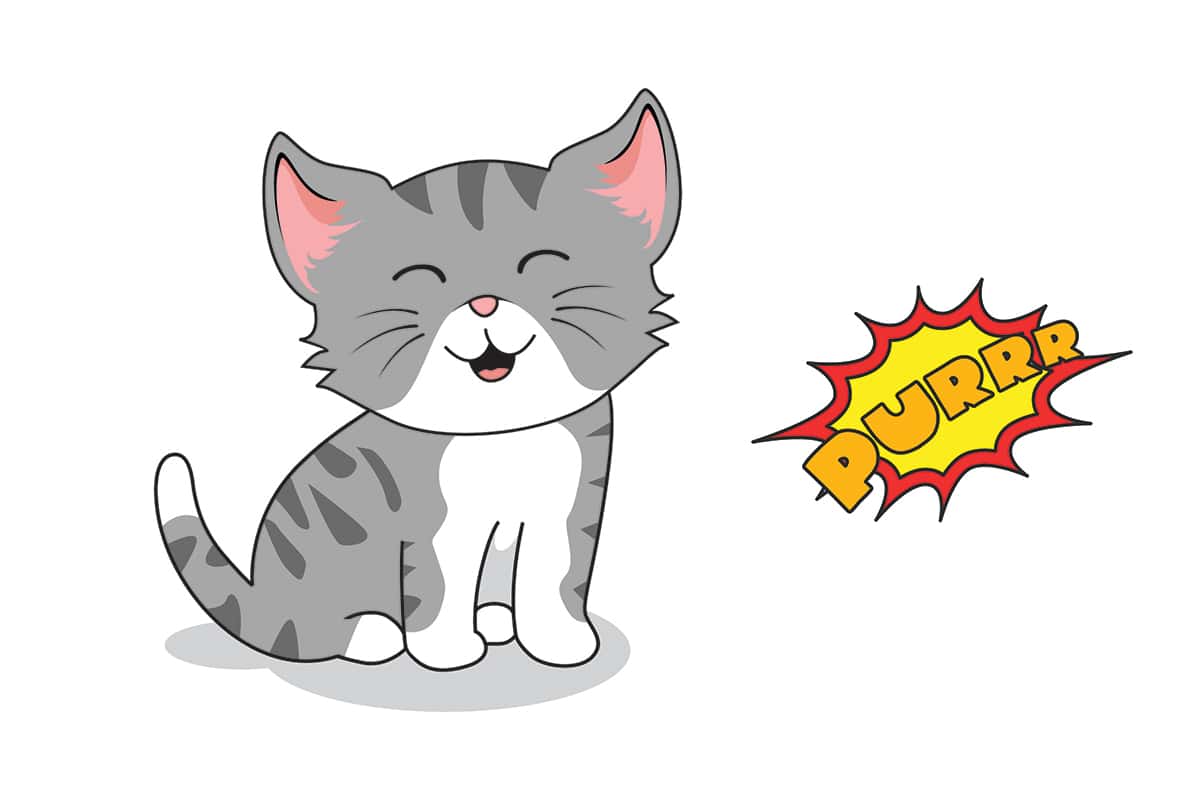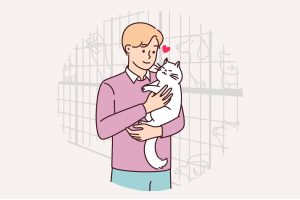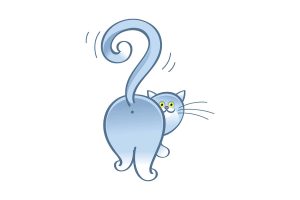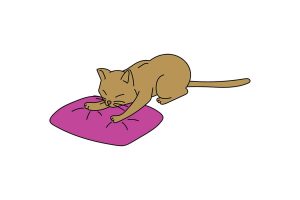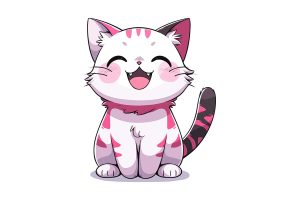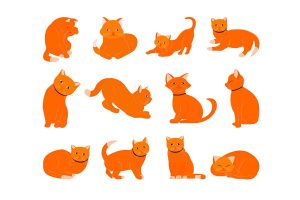Ever wondered why your furry friend starts purring the moment you walk in the door? Cats are complex creatures with a purring mechanism. Through purring, they communicate a whole range of emotions and needs.
Cats purr when they’re happy, but that’s not the only reason. They also purr to heal themselves, express discomfort, or show fear and anxiety. It’s their way of saying a lot without words.
In this guide, we’re diving into the cozy, vibrating world of cats and their purrs. We’ll explore why purring is more than just a sign of happiness, as well as explain the emotional and physiological reasons behind this captivating cat behavior.
What Is Purring?

“Why on earth does my cat sound like a tiny motorboat?” Purring is your cat’s way of turning their feelings into sound waves, and it’s not just because they can’t find the words.
Cats purr through a combination of muscle movements in their larynx and diaphragm. When they breathe in and out, air touches these vibrating muscles, producing that distinctive purr. The frequency of a cat’s purr, typically between 25 and 150 Hertz, is in a sweet calming spot.
Do Cats Purr When They’re Happy?
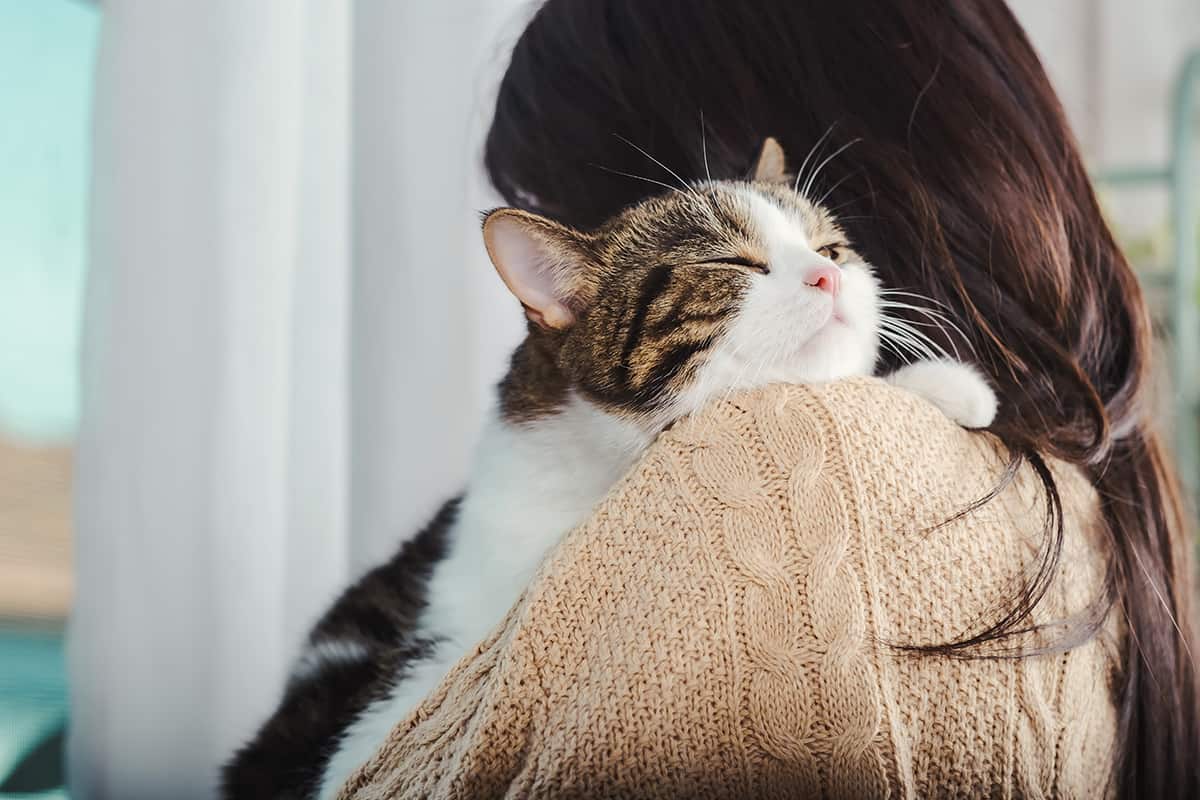
When your kitty starts that adorable engine of purrs while curled up in your lap, it’s not just because they find you comfortable. It’s one of the clearest signs of feline happiness.
The Joy of Purring
Just as we smile when we’re happy, cats purr to express their contentment. When they’re sprawled out in the sunlight or enjoying a gentle petting session, the purring starts, signaling all is right in their world.
Signs of a Happy Purr
How can you tell if a purr means happiness? Look for the tell-tale signs of cat bliss: a relaxed body, half-closed eyes, and that steady, rhythmic purring as they breathe in and out. This kind of purr is often soft and consistent. If your cat looks like they don’t have a care in the world and the purring is easy and smooth, you’ve hit the happiness jackpot.
Other Reasons for Purring
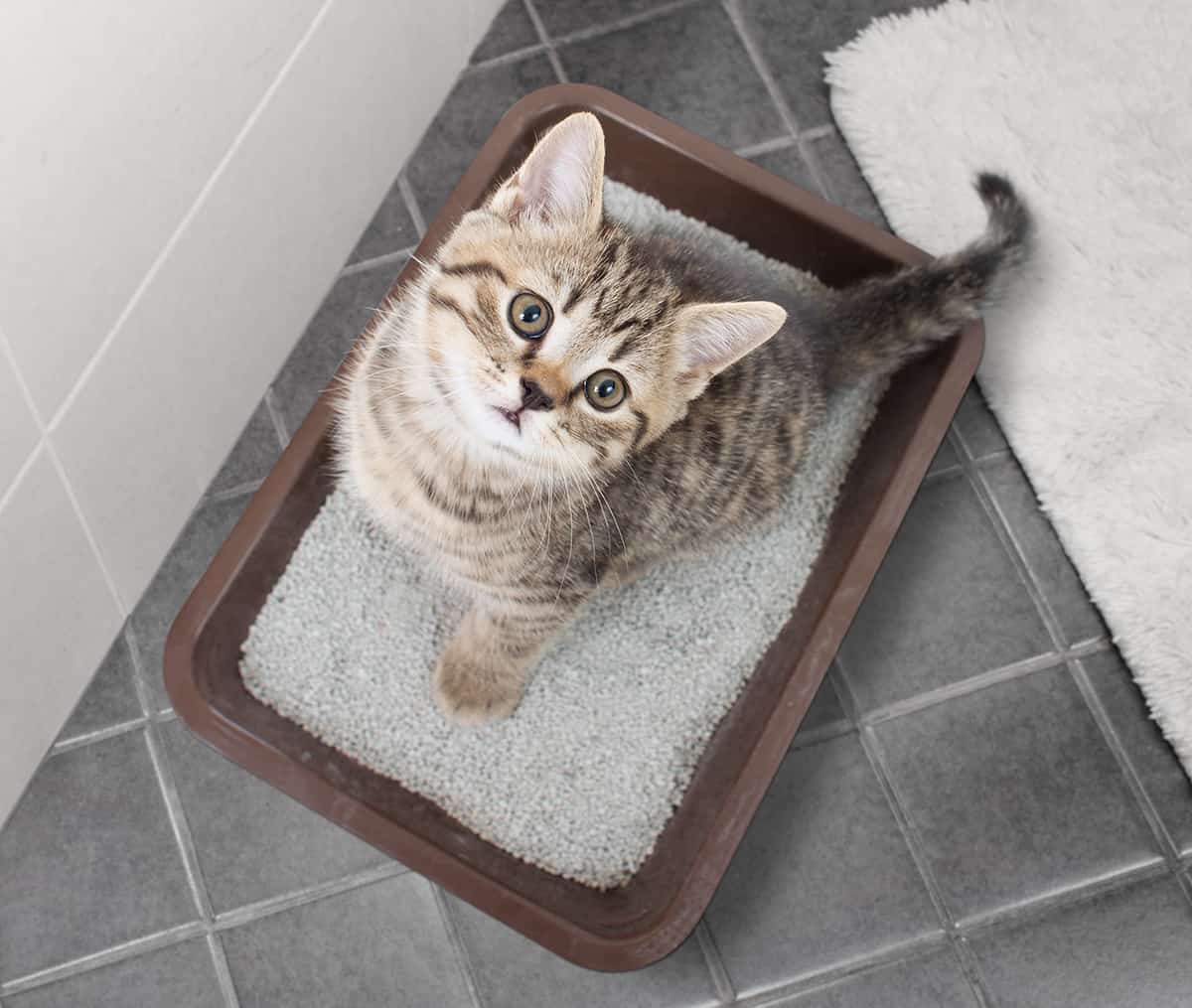
While purring is often a soundtrack to a cat’s happiest moments, it’s also their go-to for a variety of other reasons. Cats are complex creatures, and their purring can convey a variety of messages and functions.
1. Purring as Communication
Purring starts early in a cat’s life as a form of communication between kittens and their mother, indicating that they’re okay. This form of communication extends into adulthood, where cats use purring to communicate their needs and emotions to their human companions.
2. Healing Vibes
Purring has been linked to healing in cats. The specific frequencies of purring vibrations are thought to have therapeutic benefits, aiding in the healing of bones and tissues, reducing pain, and facilitating breathing.
3. Stress Relief
Cats also purr when they are stressed or anxious as a way to comfort themselves. This type of purring helps them manage their stress levels and provides a sense of calm during uneasy situations.
4. Seeking Attention
Cats may purr to seek attention from their owners. A loud purr after you stop petting them can be a sign that they enjoyed the interaction and would like it to continue. It’s a gentle prompt for more affection.
5. Signaling Hunger
A specific type of purr, which includes a meow-like sound, is often used by cats to indicate they are hungry. This “solicitation purr” is distinct and designed to capture the attention of their owners and prompt a response to feed them.
6. Comforting Others
Cats not only purr for their own comfort but also to comfort others, including their human family. If someone is unwell or upset, a cat may purr to offer support and convey a sense of companionship and care.
Other Signs of a Happy Cat
While a purring cat can be a sign of a happy cat, there’s so much more from a cat’s mannerisms that can indicate contentedness.
1. Relaxed Body Language
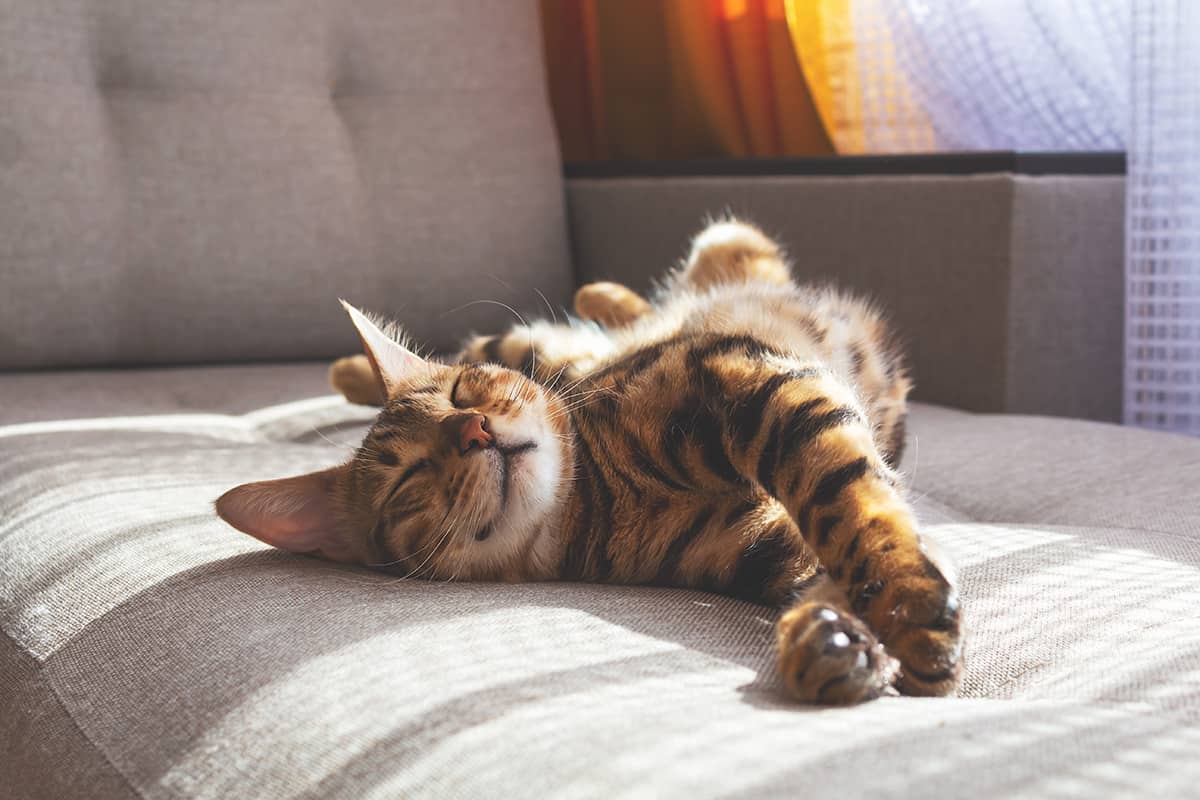
A happy cat often has a relaxed posture, whether lying on their side, sitting upright, or lounging in their favorite sunny spot. Look for a body that’s free from tension, with soft, easy movements. A tail resting peacefully or gently wrapping around their paws is another sign of contentment.
2. Slow Blinking
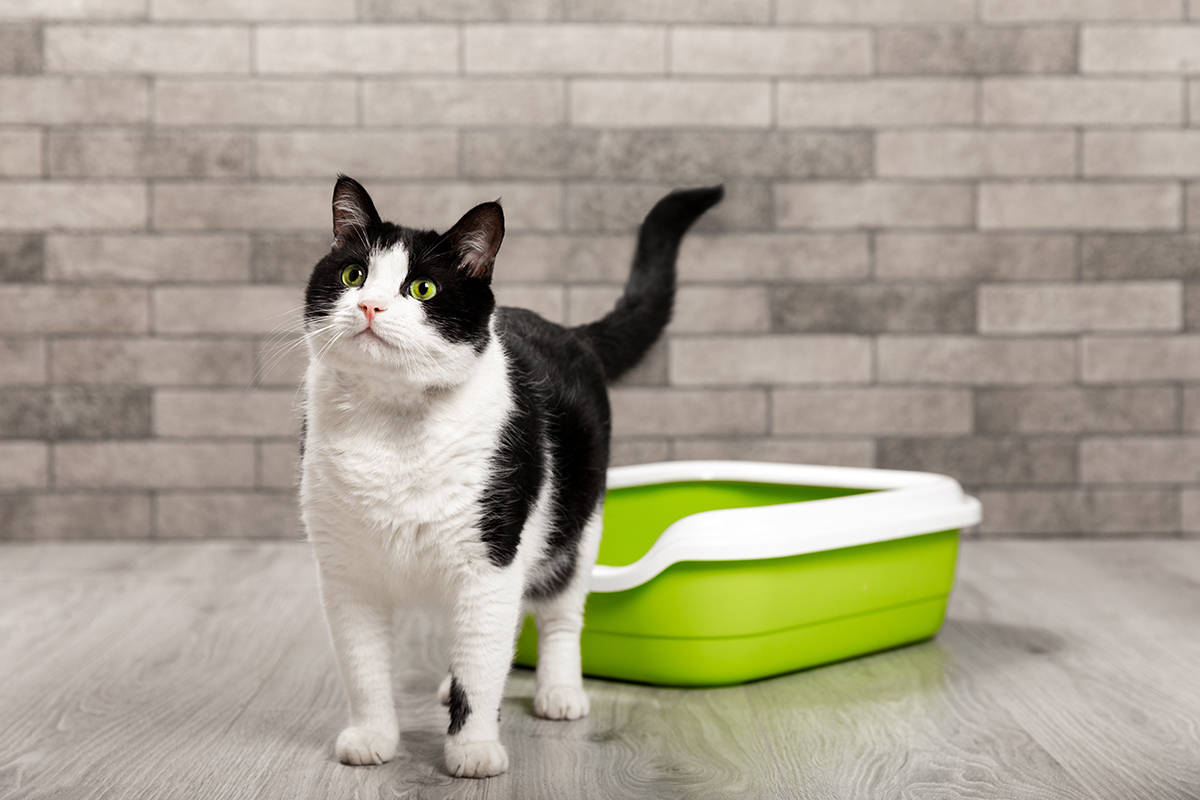
Cats communicate a lot with their eyes. Slow blinking is a cat’s equivalent of a loving smile or a gentle hug. It’s a sign of trust and affection. If your cat looks at you and blinks slowly, they’re showing you love in the purest form. Try slow blinking back to return the sentiment and watch the magic happen.
3. Head Butting and Rubbing
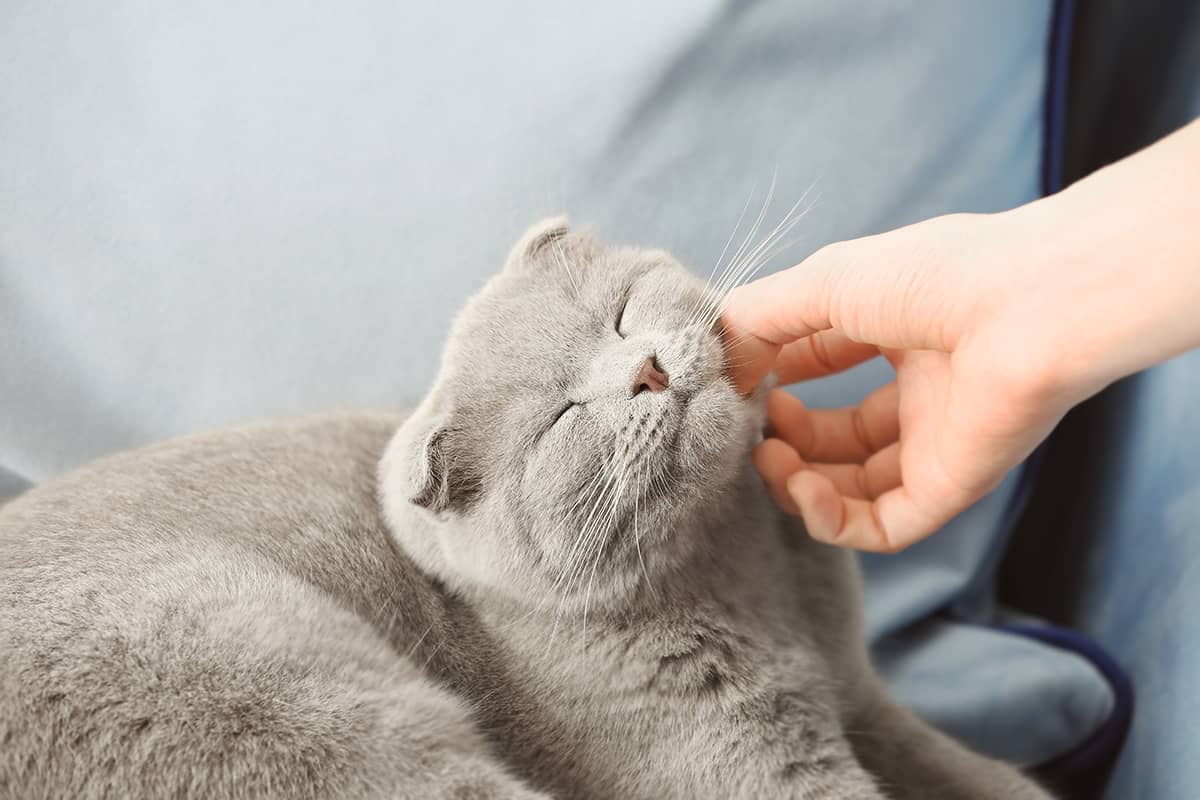
When your cat headbutts you or rubs against your legs, they’re not just marking you with their scent; they’re expressing their love and trust. Cherish these moments of affection, as they’re a clear sign that your cat feels safe and happy with you.
4. Showing Their Belly
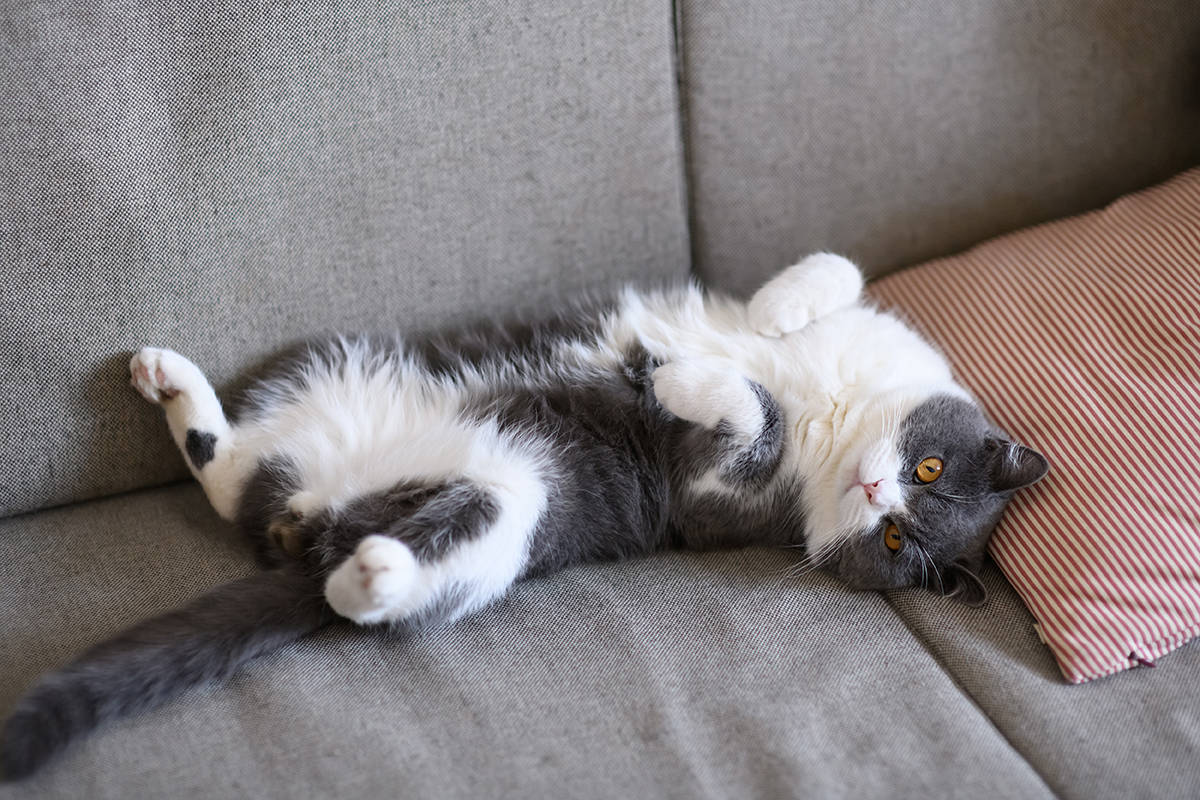
A cat exposing its belly is a testament to their trust in you. The belly is the most vulnerable part of a cat, so when they show it, it means they feel secure and protected in your presence. However, remember, this isn’t always an invitation for a belly rub, but rather a sign of their comfort level around you.
5. Kneading
Kneading is when your cat presses their paws alternately against a soft surface. It’s a behavior that originates from kittenhood when they kneaded their mother’s belly to stimulate milk flow. Kneading as a sign of happiness is usually accompanied by purring.
6. Playful Behavior
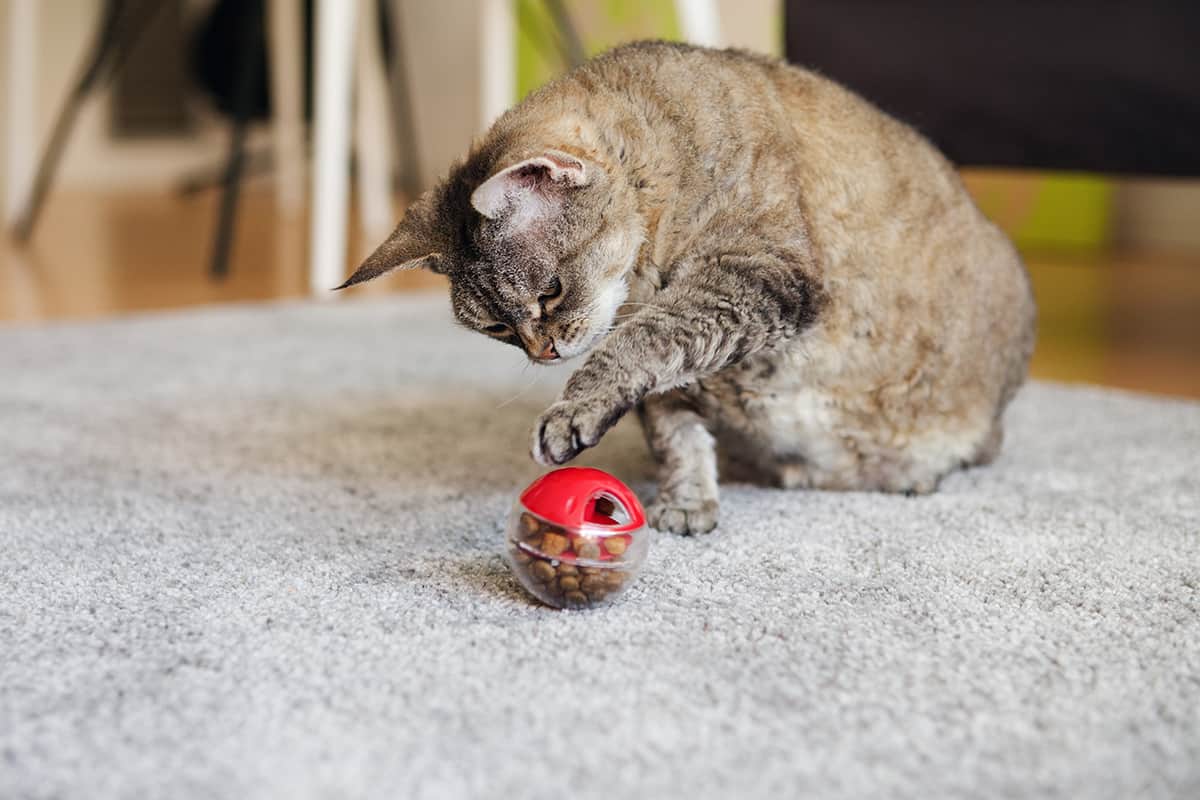
A happy cat is often a playful cat. Engaging in play, whether it’s chasing a ball, attacking a toy mouse, or simply pouncing on imaginary prey, shows that your cat is feeling spirited and joyful. Playtime is also a great way for you to bond with your cat, so grab that feather wand and let the games begin.
7. Ears and Whiskers
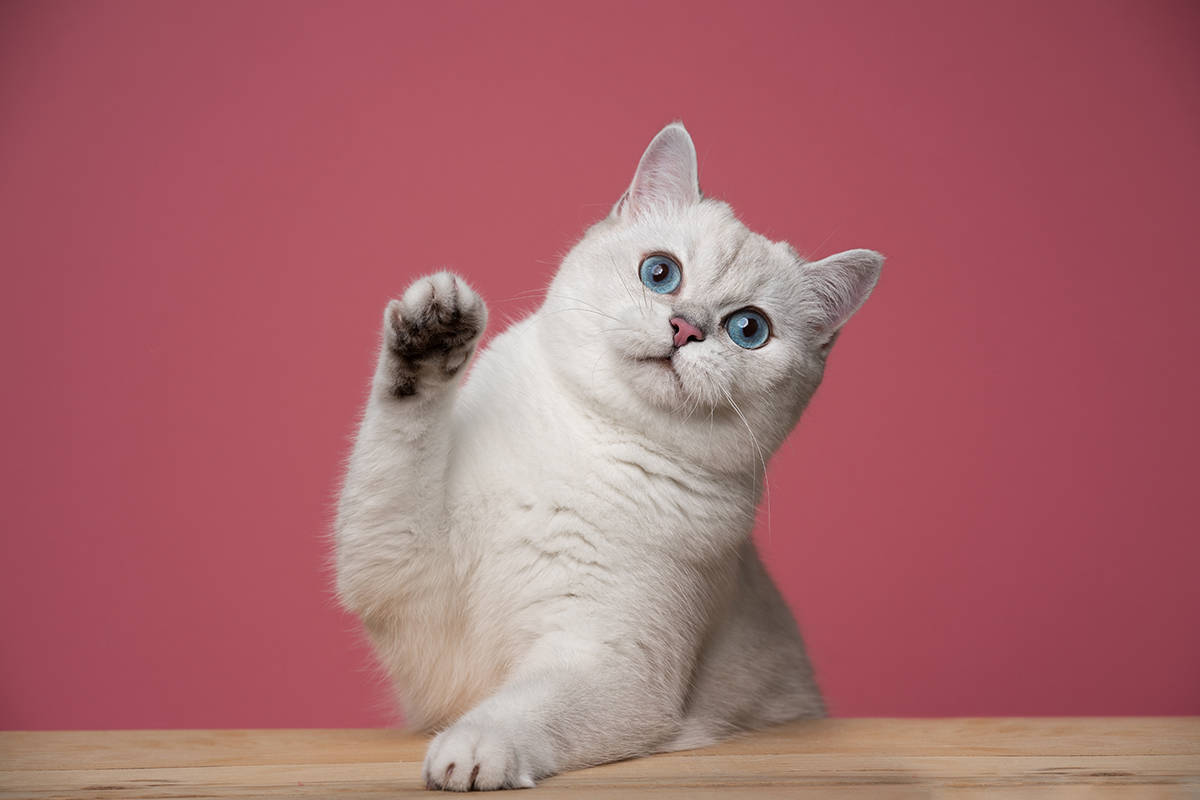
Pay attention to your cat’s ears and whiskers. Ears that are positioned forward and whiskers that are relaxed or slightly pushed forward indicate curiosity and contentment. It’s their way of taking in their surroundings with interest and ease.
